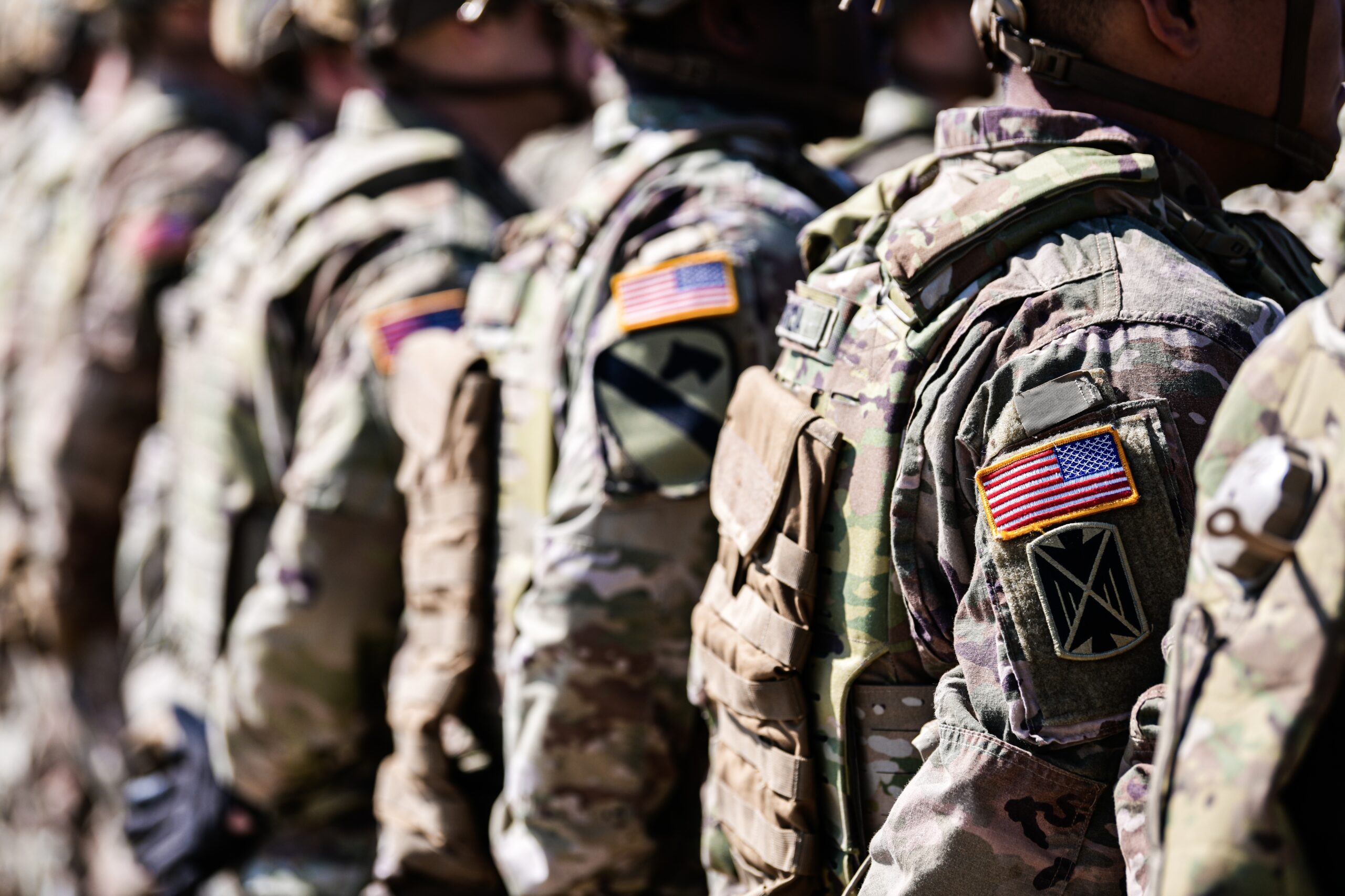Recruits FLOOD In – Combat Spirit RETURNS

US military recruitment is reaching record highs under President Trump’s leadership as a renewed warrior ethos attracts recruits and restores combat readiness.
At a Glance
- Military recruitment has surged in 2025, with the Army exceeding goals by 115%, Navy by 105%, and Marine Corps by 106%
- The Trump administration shifted focus from diversity initiatives to merit, strength, and respect for service
- Improved morale and re-engagement of traditional military families has reversed previous recruitment challenges
- The Army’s Holistic Health and Fitness program is expanding, improving fitness test pass rates and reducing substance abuse
- Medal of Honor recipient Dakota Meyer’s reenlistment symbolizes the renewed commitment to service
Recruitment Surge Reverses Previous Decline
U.S. military recruitment is experiencing a remarkable resurgence in 2025 under President Donald Trump’s leadership. As of February, the Army recruited 115% of its goal, the Navy 105%, the Marine Corps 106%, and both the Air Force and Space Force met their targets. This success stands in stark contrast to the previous administration’s struggles, when three out of four major branches failed to meet recruitment goals in 2023.
The turnaround comes after several challenging years when COVID-19 restrictions, low unemployment, and competition from private sector employers combined to create a perfect storm for military recruiters.
Military enlistment increased by 12.5% from fiscal year 2023 to 2024, with 225,000 new recruits joining the ranks last year. This upward trend continues in fiscal year 2025, with impressive first-quarter numbers that Army leadership describes as the highest rate in the last decade.
The recent joint-service enlistment ceremony during the Seattle Mariners’ Salute to Armed Forces Night on April 12, 2025, administered by U.S. Navy Cmdr. Richard Jarchow, showcased the renewed interest in military service among young Americans.
Restoration of the Warrior Ethos
The Trump administration’s approach to military readiness has centered on a return to core martial values. Moving away from the diversity, equity, and inclusion (DEI) initiatives that characterized the previous administration, the current leadership has prioritized merit, strength, and respect for service. A YouGov survey had previously indicated that DEI focus and political mistrust were significant deterrents for potential recruits. Notably, veteran endorsement for military service had dropped dramatically, with conservative veterans’ support falling from 88% to 53% over five years.
“There may be some American teenagers or their parents, more likely, who were more comfortable joining the military in a Republican administration than a Democratic administration, but I don’t think that alone explains why we’ve seen an increase lately.”, said Katherine Kuzminski.
The administration’s realignment of military values with leadership expectations has improved morale and re-engaged traditional military families. This shift is particularly evident in the expansion of the Army’s Holistic Health and Fitness program, which has led to improved fitness test pass rates, better marksmanship scores, and reductions in substance abuse and suicide rates. Military leadership recognizes these improvements as indicators of a force regaining its combat edge and warrior mindset.
Leading Indicators of Military Revival
Senior military leaders have expressed confidence in the direction of the armed forces under the current administration. Admiral James Kilby recently stated, “We are on pace to exceed recruiting goals in 2025,” while Army General James Mingus observed, “We’ve seen momentum unlike anything we’ve had in a decade.” This optimism is reflected in the military’s ability to not only meet but exceed recruitment targets across multiple branches, reversing what had been a concerning trend for national security experts.
“You don’t stop serving just because the uniform comes off. This is about leading from the front.”, said Dakota Meyer.
Perhaps the most symbolic development in this military revival is the recent reenlistment of Medal of Honor recipient Dakota Meyer. His return to active duty sends a powerful message about service and commitment that resonates throughout the ranks. Meyer’s statement that “You don’t stop serving just because the uniform comes off” captures the renewed sense of duty that characterizes the current military culture. This sentiment is further reinforced by Nico Melendez, a 34-year Navy veteran and spokesman for the Coalition for Military Excellence, who supports the renewed focus on military excellence.
Multiple Factors Contributing to Success
While the administration’s shift in priorities has clearly played a role in the recruitment resurgence, multiple factors have contributed to this success. Defense Department data shows recruitment numbers have been rising for several years, with improvements attributed to enhanced recruitment strategies, increased bonuses, and new preparatory courses for potential recruits. The Department of Defense’s own surveys indicate that pay and concerns about injury or death remain the top factors influencing decisions to join or avoid military service.
“What’s really remarkable is the first quarter contracts that we have signed are the highest rate in the last 10 years. We are going like gangbusters, which is terrific.”, said Christine Wormuth.
Modernized recruitment efforts, including increased bonuses and promotions for recruiters and enlisted soldiers who bring in new recruits, have also played significant roles. These practical incentives, combined with the cultural shift toward valuing military service, have created a powerful formula for recruitment success. The resulting increase in manpower will strengthen America’s military readiness at a time of growing global instability and competition from near-peer adversaries.












